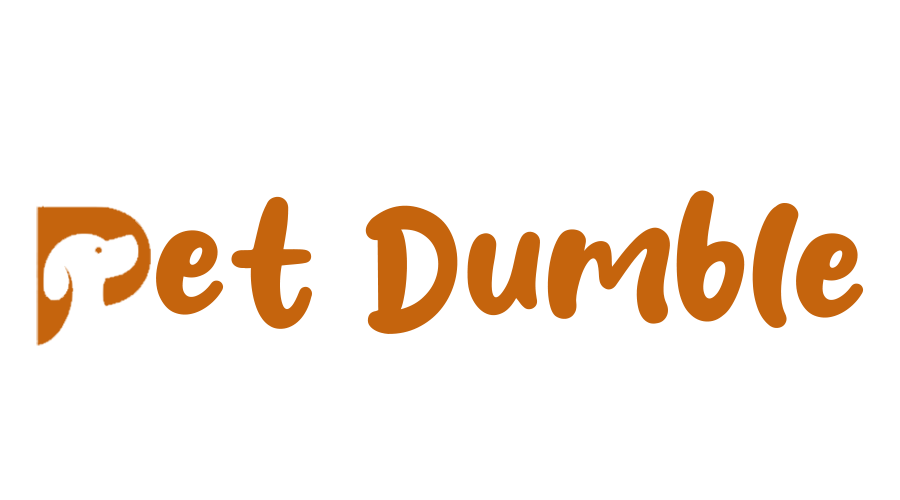Bearded dragons, with their captivating personalities and unique appearances, have become increasingly popular as pets. One aspect of their care that often raises questions is their size. Understanding the factors that influence the size of these reptiles is crucial for providing them with the best care possible. For more information on bearded dragon care, visit our website.
Factors Influencing Size:
Several factors contribute to the size of a bearded dragon, including genetics, diet, environment, and overall health.
Genetics:
Just like in humans and other animals, genetics play a significant role in determining the size of a bearded dragon. Some dragons may be naturally larger or smaller than others due to their genetic makeup. Breeders often select for specific traits, which can influence the size of the offspring.
Diet:
Proper nutrition is essential for the growth and development of bearded dragons. A well-balanced diet consisting of insects, leafy greens, vegetables, and occasional fruits is necessary to ensure they receive the nutrients they need to thrive. Overfeeding or feeding an imbalanced diet can lead to obesity or stunted growth, while underfeeding can result in malnutrition and delayed growth. For more information on bearded dragon diet, visit our website.
Environment:
The environment in which a bearded dragon is kept can also impact its size. A spacious enclosure with proper heating, lighting, and substrate allows the dragon to exercise and bask, which promotes healthy growth. Conversely, cramped or inadequate enclosures can hinder growth and lead to health issues.
Temperature and lighting are particularly crucial for maintaining optimal health and growth. Bearded dragons require a basking spot with temperatures ranging from 95°F to 105°F (35°C to 40°C) during the day, along with UVB lighting to support vitamin D synthesis and calcium absorption.
Health:
Health plays a vital role in determining the size of a bearded dragon. Illnesses, parasites, or other health issues can stunt growth and impact overall size. Regular veterinary check-ups and proper husbandry practices are essential for ensuring the well-being of these reptiles.
Understanding Growth Patterns:
Bearded dragons exhibit rapid growth during their first year of life, with most reaching their full adult size within 12 to 18 months. However, growth rates can vary among individuals, and some may continue to grow slowly for several years.
Male vs. Female Size:
In general, male bearded dragons tend to be larger than females, especially in terms of head size and overall length. Males also develop larger femoral pores and hemipenal bulges as they mature. However, there can be considerable variation in size within each sex, so it’s essential to consider other factors besides gender when assessing a dragon’s size.
Interpreting Size Variations:
While size can be an indicator of health and age, it’s essential to consider other factors when evaluating a bearded dragon’s overall well-being. Some dragons may naturally be smaller or larger than average due to genetics or environmental factors. Additionally, variations in growth rates and final size can occur even among individuals of the same clutch.
Conclusion:
Understanding the factors that influence bearded dragon size is crucial for providing optimal care to these fascinating reptiles. By ensuring proper nutrition, environment, and healthcare, owners can help their dragons reach their full potential in terms of size and overall well-being.
